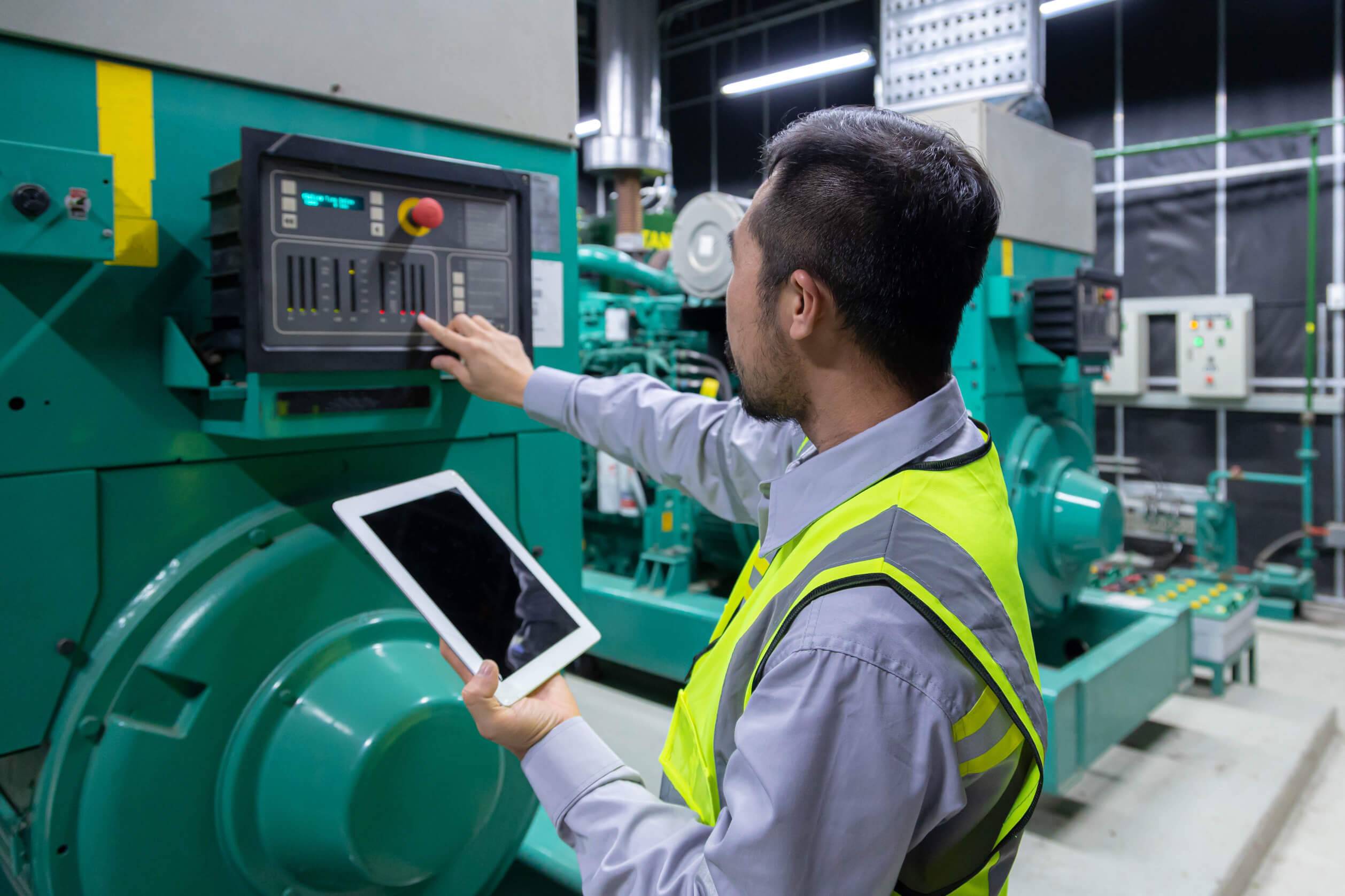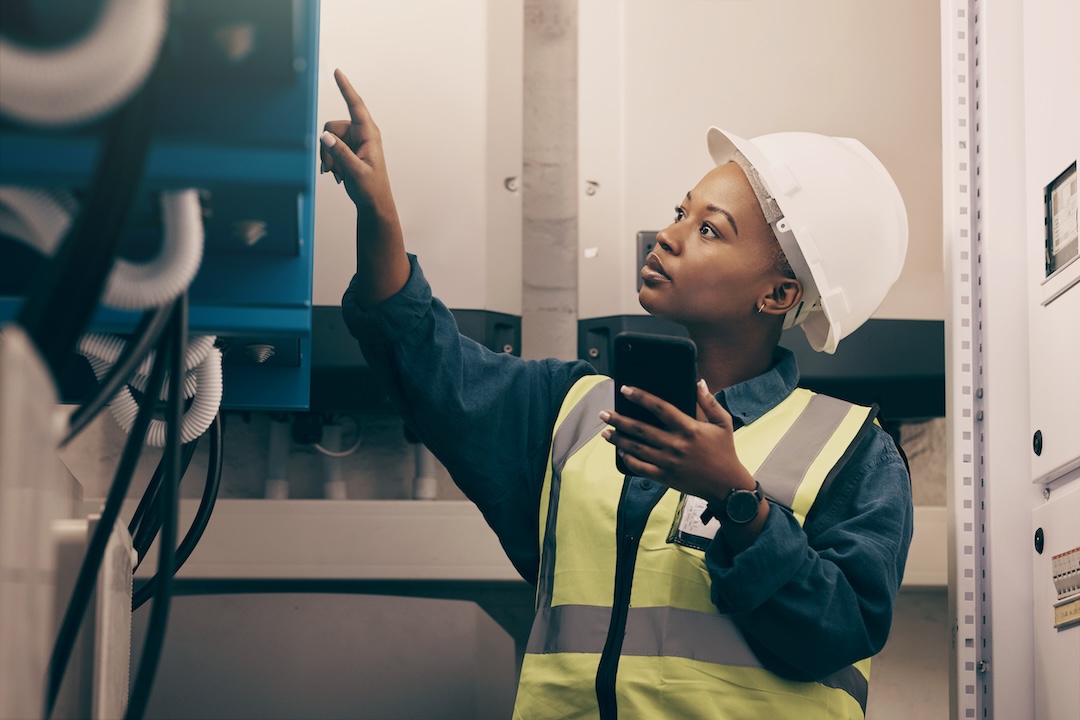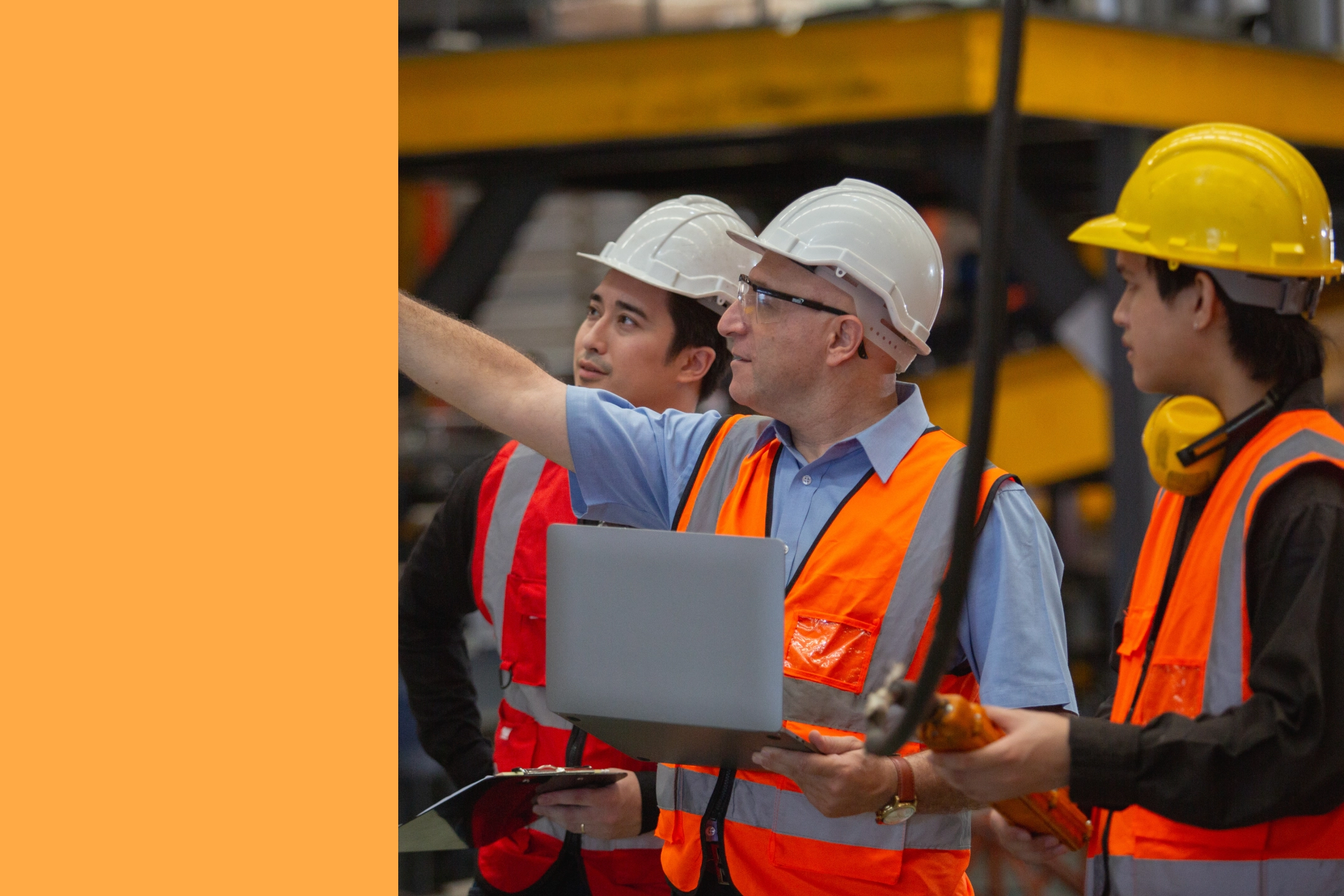
Ever wonder what the future of maintenance will look like? What is this new maintenance frontier everybody keeps talking about? What is autonomous maintenance?
Autonomous maintenance is a concept that can give your company an advantage over the competition.
This article will discuss the benefits of this cutting-edge type of upkeep and how it can help your organization grow. We’ll also share some bite-sized steps to get your team moving in the right direction.
Autonomous Maintenance: The Beginner’s Guide

When people hear the word “autonomous,” they think of automation.
Understandably, this word association often leads to images of robots floating across warehouses, clipboards in hand!
The good news? Robots won’t be diagnosing equipment issues and performing preventive maintenance work in your facilities anytime soon.
We’re decades away from technology that is even remotely capable of replicating the analytical capabilities of maintenance workers.
What Is Autonomous Maintenance?
Autonomous maintenance is a maintenance strategy that places the responsibility for baseline maintenance activities on the primary equipment user: the machine operator.
According to Lean Manufacturing Tools, it’s an independent maintenance strategy in which machine operators carry out maintenance instead of maintenance technicians. The primary users of an asset take center stage and drive the asset’s maintenance program.
Advocates of this maintenance philosophy suggest it provides operators with greater ownership, pride, and control. Machine operators perform basic maintenance activities such as lubrication, cleaning, and safety checks, among others. This frees maintenance technicians to focus on more complex and demanding maintenance activities, such as those involved in a Total Productive Maintenance (TPM) program.
The ultimate goal of autonomous maintenance is to relieve skilled maintenance technicians of simple, mundane maintenance activities to focus on specialized maintenance tasks. This enhances the overall asset effectiveness in a facility and sets the maintenance department on the path to total productive maintenance.
The manufacturing, oil, mining, fast-moving consumer goods (FMCG), and pharmaceutical industries are most known for practicing autonomous maintenance.
Principles of Autonomous Maintenance

As expected, mastering autonomous maintenance requires a significant shift in an organization’s mindset towards maintenance.
One essential ingredient to an autonomous maintenance program is to develop clear standard operating procedures for completing tasks.
A mobile computerized maintenance management system (CMMS), like MaintainX, can help digitize SOPs into user-friendly checklists accessible via smartphone or tablet.
The two primary principles that guide autonomous maintenance are:
- Proper Asset Use: Maintenance starts with the intended use of assets. Running equipment correctly and in its prescribed manner helps reduce deterioration and unplanned downtime. Only use assets for their intended purposes and in the right environment and conditions.
- Proper Asset Management: Secondly, adequate asset management helps keep the asset in good working condition to get the best out of the asset’s useful lifespan. It also becomes easier to repair and restore the asset after a breakdown.
Machine operators also should know when an asset requires a simple fix or a significant upgrade to continue operating optimally. They should have the skills to understand the asset’s components, detect abnormalities, and identify issues impacting production and safety.
Organizations practicing autonomous maintenance train their machine operators based on the Japanese Five S System:
- Seiri (sort): Observe tidiness within the facility at all times. Clear unnecessary items from asset work areas.
- Seiton (set in order): Organize the facility and assets to enable efficient usage.
- Seiso (shine): Inspect and clean equipment areas regularly.
- Seiketsu (standardization): Develop standard operating procedures.
- Shitsuke (sustain): Assign responsibility to employees to continuously track progress.
Next, let’s look at a common question: what is the difference between autonomous maintenance vs. preventive maintenance?
Autonomous Maintenance vs. Preventive Maintenance
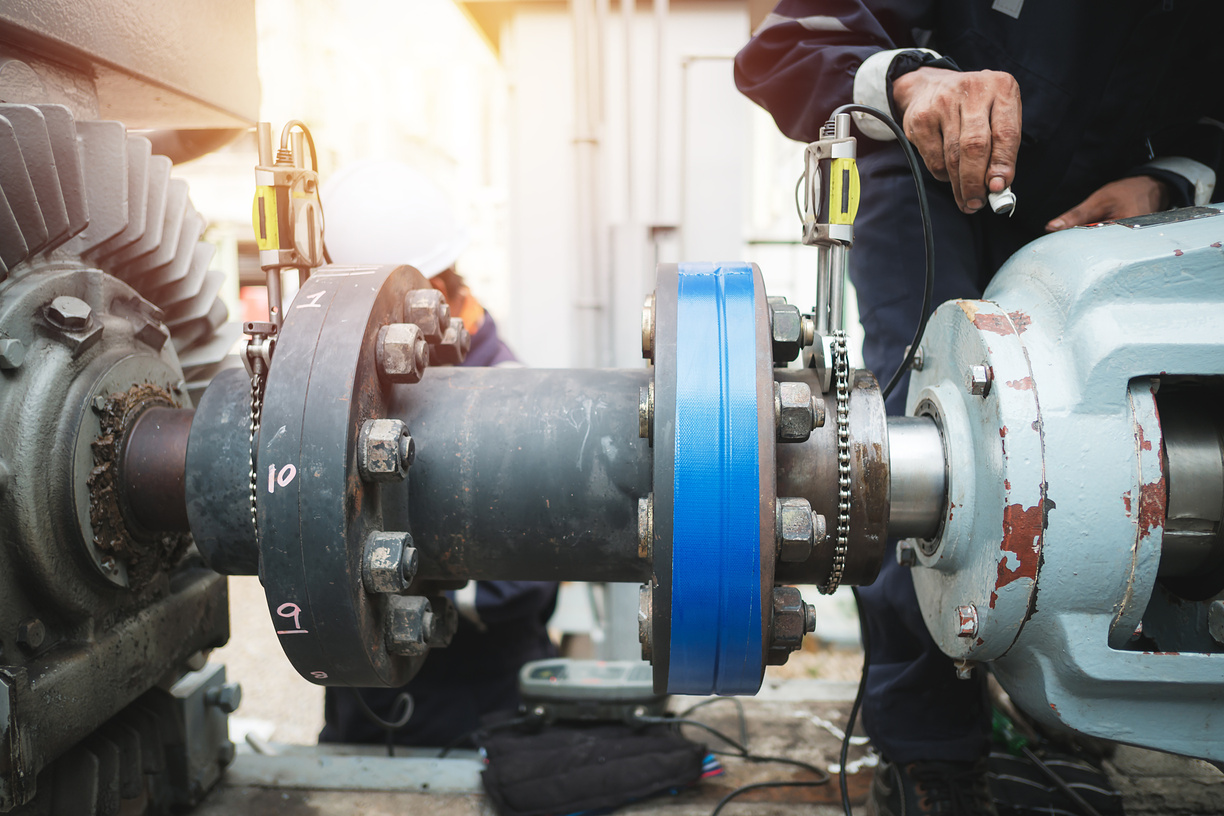
Both autonomous maintenance and preventive maintenance form the main pillars of total productive maintenance. They are maintenance strategies that focus on improving asset uptime, increasing production efficiency, and enhancing bottom-line performance.
Essentially, preventative maintenance is planned maintenance performed according to the manufacturer’s recommendations or predetermined intervals. Instead of waiting for equipment to break down unexpectedly, preventive maintenance proactively calls for routine upkeep that prevents small issues from becoming major shutdowns.
As reported by The Office of Energy Efficiency and Renewable Energy, businesses can save up to 12 to 18 percent by practicing PM as opposed to corrective maintenance. For these reasons, preventive maintenance is one of today’s most common maintenance strategies.
With that said, autonomous maintenance adds an additional layer of efficiency to the practice. In autonomous maintenance, machine operators are primarily in charge of executing basic maintenance activities such as routine inspections, cleaning, and lubrication.
As the name suggests, managers encourage workers to exercise autonomous control over their assigned tasks. Machine operators are equipped to make fundamental maintenance decisions without going through lengthy approval processes.
Benefits of Autonomous Maintenance
Should you choose autonomous maintenance over preventive maintenance? As previously mentioned, the two strategies are meant to complement one another. The benefits of adding an autonomous maintenance component to your PM program include:
- Lower Maintenance Costs: This is one of the most significant benefits of autonomous maintenance. By reducing inefficiencies such as travel time and waiting for the availability of a technician, problems can be taken care of early enough at a lower cost. The more the machines deteriorate, the more they cost in terms of maintenance.
- Proper Asset Care: In large organizations, most maintenance operations usually focus on ensuring critical assets don’t experience major unplanned downtimes. Maintenance technicians and resources are directed to big repairs. As a result, simple tasks such as cleaning and lubrication can easily get overlooked until a problem arises. Autonomous maintenance ensures that there’s always someone to take care of minor maintenance tasks in a proper and timely manner.
- Early Problem Detection: Autonomous maintenance enables the detection of small problems in their initial stages before they become major concerns. Machine operators are trained to have in-depth knowledge of the equipment to identify the early signs of equipment deterioration and malfunction. Corrective actions can be initiated before a critical failure occurs.
- Productive Maintenance Personnel: Third, autonomous maintenance frees up maintenance technicians to focus on more important, high-level, complex tasks. Contrary to popular belief that it renders them redundant, it makes them more productive. They can plan their schedules better and specialize their skills for more critical issues.
- Improved Employee Engagement: Autonomous maintenance also gives employees a greater sense of asset ownership and control. They enjoy the shared responsibility in taking care of the assets. This improves the overall productivity within the organization.
- Improved Overall Safety: Assets under autonomous maintenance are constantly kept in good working condition. The Five S system also ensures that the surrounding environment is always clean and safe for the assets and the employees. The overall effect is an improved and safe working environment for everyone. There are fewer risks of accidents and injuries.
- Enhanced Team Spirit: Lastly, autonomous maintenance eliminates the “we vs. them” attitude between machine operators and maintenance technicians. They work together to improve asset uptime and availability.
The overall benefit of autonomous maintenance is that everyone in your organization puts their hands together to ensure that your assets are well taken care of. It allows you to easily maximize asset availability, effectiveness, and safety.
How to Execute Autonomous Maintenance
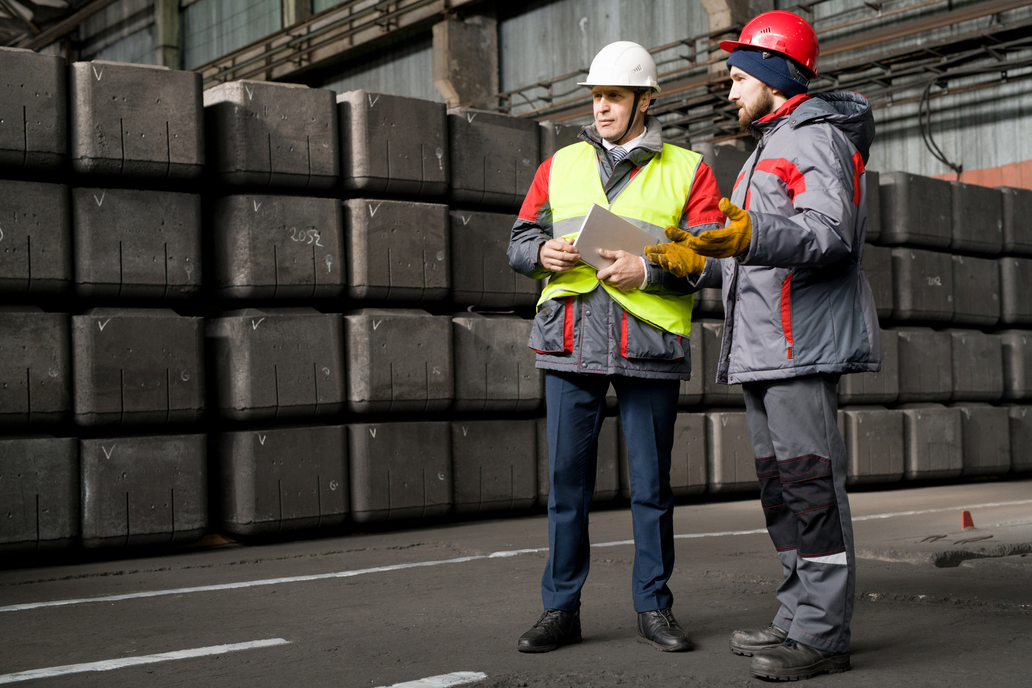
Reliable Plant outlines seven easy steps for implementing an autonomous maintenance program:
1. Improve Operator Knowledge
Machine operators are usually well-trained in how to operate the machinery at optimal capacity. However, they need to go deeper and have an in-depth knowledge of the machines if their autonomous maintenance program is to be successful.
They should know the technical details about the assets and their components, how they work, common issues, and how to troubleshoot problems. Equipment-related skills machine operators should have to include:
- Problem detection and troubleshooting
- Asset repairs and restoration
- Optimal asset operating conditions settings
- Optimal condition maintenance
Implement an effective training schedule to impart these skills to your machine operators. Retrain them from time to time to upgrade their skills.
2. Set Baseline Standards
The next step is to perform initial machine cleaning and inspection. The goal at this stage is to ensure that the assets are in an “almost new” condition. Involve the production, machine engineering, and maintenance teams. The assets and the surrounding area should be thoroughly cleaned and overhauled.
Common signs of deterioration to look out for are:
- Loose bolts
- Leaks
- Cracks
- Contaminated fluids
- Accumulation of dirt and dust
- Limited asset functionality
You should also develop easy-to-follow SOPs for inspections and other basic maintenance tasks.
3. Deal with Root Causes of Contamination
After performing the initial inspections and cleaning, deal with any identified problems to eliminate their primary causes.
This will ensure that assets don’t deteriorate again. You should also improve access to the assets so that machine operators can perform baseline maintenance activities. You can avoid recontamination of the equipment by:
- Ensuring everyone sticks to established cleaning and maintenance standards
- Putting in place quality machine covers and seals to avoid soiling
- Adhering to continuous inspections to ensure cleanliness
- Establishing orderliness within the facility
Ensure that safety measures are taken into consideration. Keep in mind that you have a responsibility under OSHA regulations to provide a safe working environment for your employees.
4. Develop Lubrication and Inspection Standards
In step 2, you established baseline standards for machine maintenance. Those standards will provide a backdrop for developing standards for asset inspection and lubrication. The standards should clearly indicate which assets (and their components) should be cleaned and lubricated, how this should be done, and whose responsibility it will be.
These standards, especially for critical assets, should be developed with the guidance of experienced maintenance engineers. The standards should be regularly reviewed and updated for maximum efficiency. You can allow the operators to develop their own standards for non-critical assets. But all the standards should be documented, maintained, and made available to primary users.
5. Consistently Inspect and Monitor Assets
With the standards you need to initiate autonomous maintenance, machine operators can shift their maintenance routine to a more streamlined program. Ensure that these tasks are continually tracked and monitored to identify ways to improve your maintenance program. It also helps in eliminating duplicate tasks.
6. Standardize Visual Maintenance
At this stage, all you have to do is make your assets visual. What does this mean and how do you achieve it? Making your equipment visual means that operators can easily identify how they work.
In other words, any opaque machine covers should be replaced with transparent ones. Valves and levers should be clearly labeled to indicate the direction of opening and closing. Additionally, mark normal and safe operating values next to gauges and have sight glasses so operators know when machines reach dangerous operating levels.
7. Ensure Continuous Improvement
Autonomous maintenance isn’t a one-off task that you abandon once you achieve your targets. It’s what you do through an asset’s entire lifespan. Obtain and analyze maintenance data to identify ways to improve your maintenance program.
Computerized maintenance management system (CMMS) solutions such as MaintainX can help with this. You can also ask for feedback from machine operators, team leaders, and maintenance technicians to improve your autonomous maintenance program. The goal is to have a sustainable program that can serve you in the long term.
Automate Maintenance with MaintainX
A successful autonomous maintenance program requires input from everyone on the team. It requires significant upfront effort in terms of training, but the benefits are massive. If you’re ready to begin taking steps to automate your efforts, we recommend MaintainX.
Leverage MaintainX CMMS to sustain your autonomous maintenance program.
Download it for free here.
FAQs

Caroline Eisner is a writer and editor with experience across the profit and nonprofit sectors, government, education, and financial organizations. She has held leadership positions in K16 institutions and has led large-scale digital projects, interactive websites, and a business writing consultancy.











